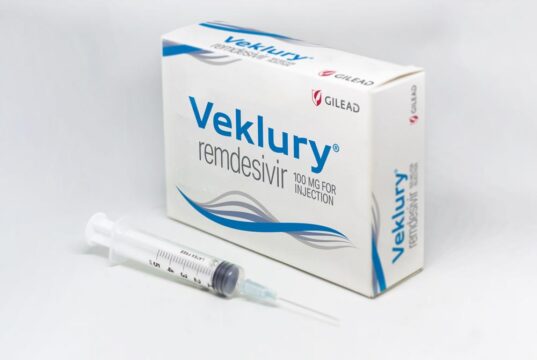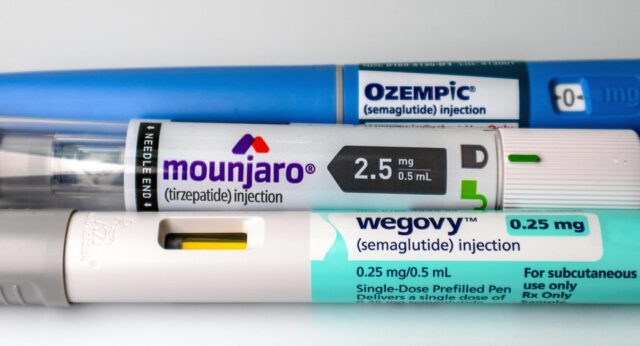Advertisment
ISH/BSH 2016: Advances in our understanding of clonal evolution in MM: where are we now?
Professor Keith Stewart, Mayo Clinic, Scottsdale, AZ, USA.
by Maria Dalby: The dramatic improvement in MM survival in the last 40 years is largely linked to the introduction of the IMiDs, and more recently proteasome inhibitors and monoclonal antibodies. However, to understand the challenges that remain – why 25% of newly-diagnosed MM patients still live less than 3 years, and why patients relapse rather than remain stable, it is necessary to understand the genetic landscape of the disease. Professor Keith Stewart discussed how the results from mutation panel testing can be applied in clinical decision-making in newly-diagnosed and relapsed-refractory MM patients.
Data from 50 heavily pre-treated patients with RRMM who underwent M3P testing shows that, 78% had at least one mutation in RAS/RAF and associated proteins.1 KRAS mutations were found in 32% of patients and NRAS in 26%; 18% of patients had BRAF mutations with 8% of patients showing targetable BRAF mutations in the Val600Glu sequence. In addition, 26% of patients had TP53 mutations with 17p deletion which is associated with very poor outcomes.1 Cereblon is the site of action for the IMiDs, thalidomide, lenalidomide and pomalidomide. Binding of these drugs to cereblon activates the E3 ubiquitin ligase complex which destroys transcription factors lkaros (IKZF1) and Aiolos (IKZF3) which in turn has simultaneous cytotoxic effects on MM cells and also an immune activation effect through release of IL-2.2
MP3 testing can detect mutations that convey drug resistance in RRMM patients. Data presented at ASH 2014 showed mutations in genes in the cereblon pathway, including CRBN, IRF4 and IKZF3.3 The cereblon protein is the site of action for the IMiDs; binding to two amino acids on cereblon activates E3 ubiquitin ligase which destroys the transcription factors lkaros (IKZF1) and Aiolos (IKZF3), resulting in MM cytotoxicity and immune activation through upregulation of IL-2.2
The treatment algorithm for transplant-eligible patients who are classified as standard-risk according to the Mayo Stratification for Myeloma And Risk-adapted Therapy (mSMART) 2.0 classification begins with 4 cycles of triplet therapy with bortezomib, lenalidomide and dexamethasone (VRd), followed by collection of stem cells and autologous stem cell transplantation (ASCT). Patients then receive 2 cycles of lenalidomide and dexamethasone (Rd) consolidation, and lenalidomide maintenance therapy if the patient has not achieved a very good partial response. Intermediate-risk patients receive bortezomib-based maintenance for at least one year post-transplantation. In high-risk patients, with d(17p), t(14; 16) or (t(14; 20) mutations, first-line therapy is carfilzomib, lenalidomide and dexamethasone (CRd) and either carfilzomib or bortezomib maintenance therapy for at least one year post-transplantation. At the first relapse, patients who have received no maintenance therapy and who are otherwise fit and well receive CRd – frail patients or those with indolent relapse receive ixazomib (IRd) or elotuzumab (Rd-Elo) with lenalidomide and dexamethasone. Fit patients who relapse on lenalidomide maintenance therapy receive carfilzomib, pomalidomide and dexamethasone (CPd) or cyclophosphamide, bortezomib and dexamethasone (CyBord); fit patients who relapse on bortezomib maintenance receive CRd or CPd. Frail patients or patients with indolent relapse on maintenance therapy receive ICd if they have been on lenalidomide and IRd or Rd-Elo if they have been on bortezomib. With 8 known genetic variants of MM it is essential to take the biology of the individual patient into account when selecting therapy, and to use appropriate combination regimens and maintenance therapy to optimise outcomes and target multiple drug-sensitive clones.
References
- Mai EK, Kortuem KM, Hanafiah N, et al. Targeted Sequencing of Relapsed/Refractory Myeloma Patients Identifies an Enrichment of Mutations in Cereblon and MAPK Pathways. Blood 2015;126:723-723.
- Stewart AK. Medicine. How thalidomide works against cancer. Science 2014;343:256-7.
- Kortuem KM, Stewart AK, Bruins LA, et al. Development and Results of a Multiple Myeloma Specific Custom 77-Gene Mutation Panel for Clinical Targeted Sequencing. Blood 2014;124:169-169.





